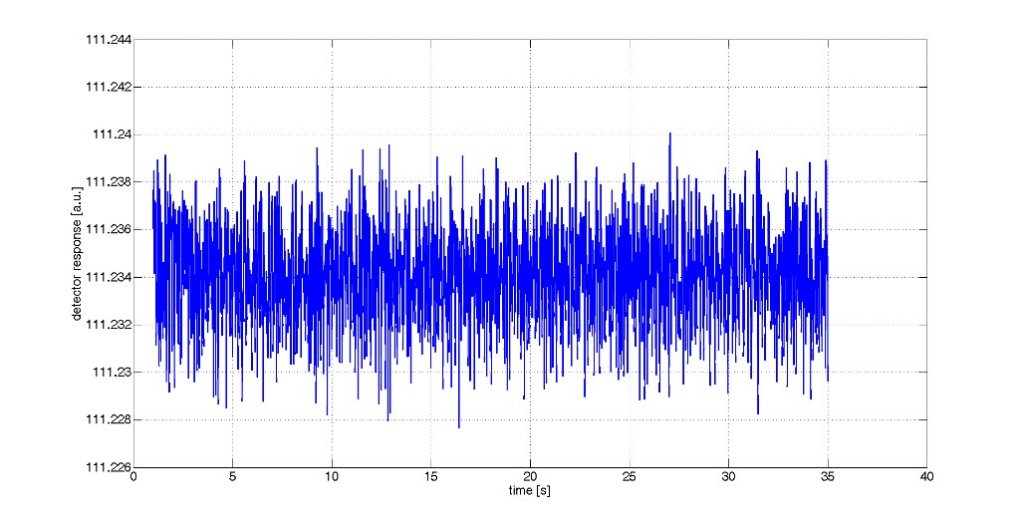Fuel assembly vibrations induced by the coolant flow are one of the most common reasons for neutron noise in nuclear reactors. During the first year of the CORTEX project, a significant part of the activities of Work Package 1 was related to this topic.
GRS extensively reviewed the literature and existing data on flow-induced vibrations in nuclear reactors, and developed mechanical models for the evaluation of vibrations of reactor vessel internals, including those of fuel assemblies. These results will be useful for a more realistic description of the perturbations that need to be specified in the reactor neutron noise calculations.
In addition, efforts were dedicated to the modelling of the neutronic response of nuclear reactors to variations of neutron cross-sections that arise from possible fuel assembly vibrations.
- PSI used SIMULATE-3 and SIMULATE-3K to predict the neutron noise induced by predefined vibrations of a single fuel assembly or of a cluster of fuel assemblies, with and without additional perturbations of the core inlet coolant flow.
- UPV tested the FEM-based neutronic code that they are developing, over the case of a 1-D simplified nuclear reactor with an oscillating fuel assembly.
- Chalmers prepared a new version of the reactor neutron noise simulator CORE SIM that can treat strongly localized neutron noise sources, and thus fuel assembly vibrations too. The new version of CORE SIM is designed to perform fine-mesh full-core calculations. Small displacements associated to the fuel assembly vibrations can thus be considered with a feasible computational cost.
By Paolo Vinai

Simulated response of an external detector to a prescribed vibration of a fuel assembly in a PWR

